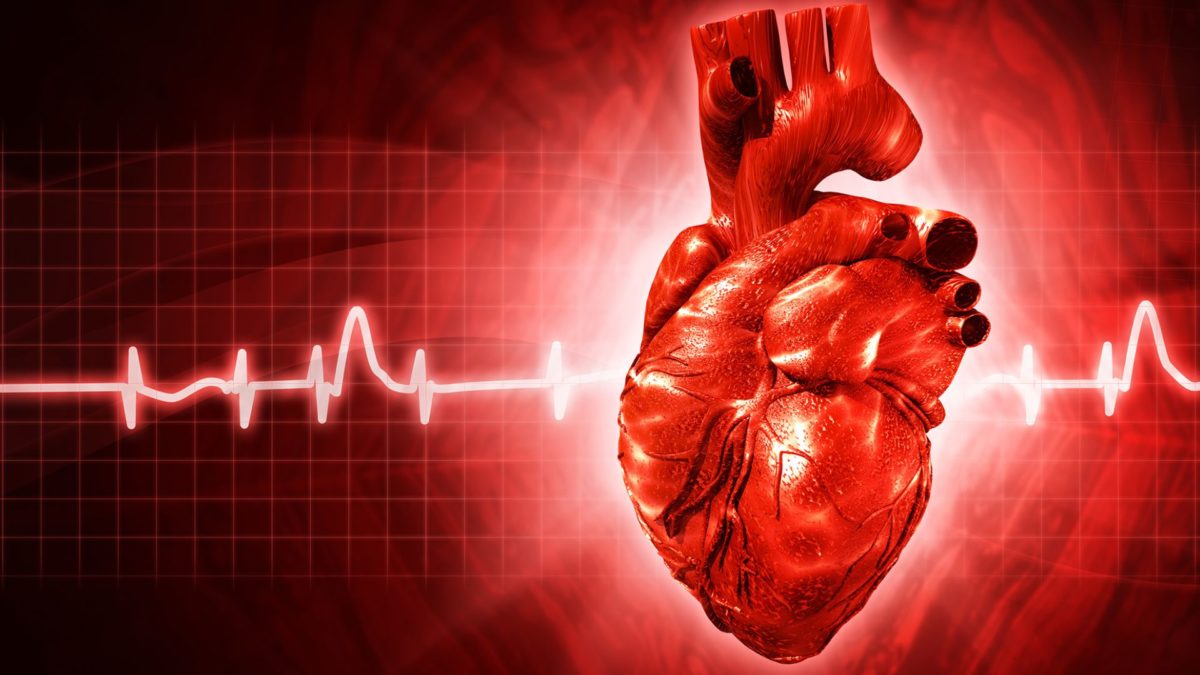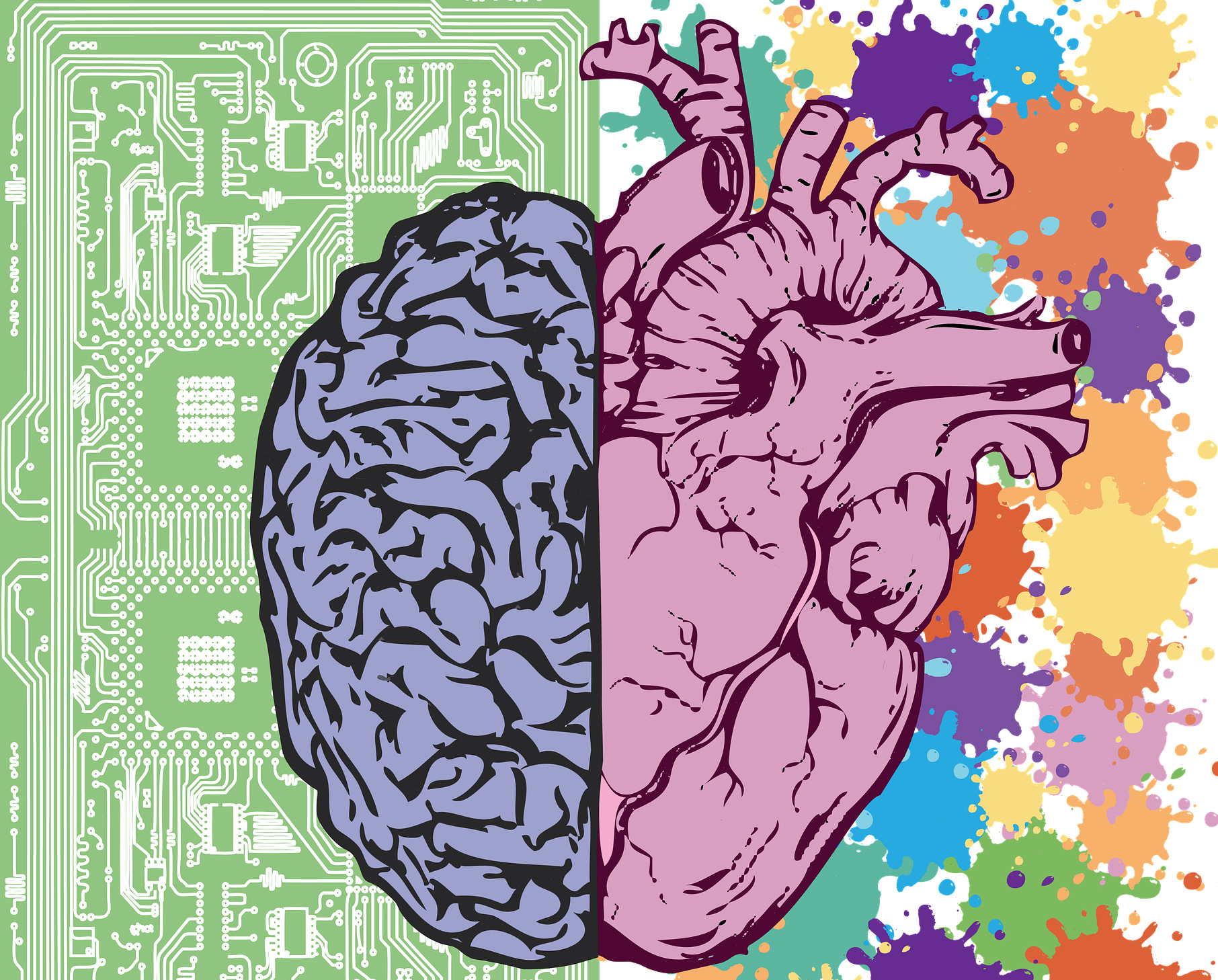Sudden Cardiac Arrest (SCA) is the number one killer in India, killing approximately 25 lakhs people every year. As per the data revealed by Delhi Economic Survey about 150 to 250 deaths happen in the city of Delhi every single day and out of these deaths, 25 to 45 deaths occurred due to Sudden Cardiac Arrest (SCA).
Every now and then, cases are being reported of a young person, previously hale and hearty, dying suddenly, due to ‘Sudden Cardiac Death” (SCD). One such case was experienced by Dr Nishith Chandra, DM Cardiology and Director of Fortis Escorts Hospital, Delhi. He saw a young man of his society die due to Sudden Cardiac Arrest.
According to World Health Organization, nearly 5.8 lakh people are dying due to heart attack in the world in a year. Nearly 1.15 lakh people die due to cardiac arrest every day in the world.
The most common cause of this is Ventricular Fibrillation. This is a medical term denoting, chaotic, very fast and ineffective cardiac activity, leading to cessation of blood flow to the vital organs, including brain, and if not restored in next 5 – 8 minutes, leads to irreversible brain damage and ultimately death.
“So, what could be done in 5 minutes, in a residential tower on 7th floor with nearest heart hospital at least 2kms away. If we wait for an ambulance or a doctor to arrive it takes at least 30 minutes, even if you are very near to a hospital. With each passing minute after a cardiac arrest, the chance of survival goes down by 10%. That means after 10 minutes of cardiac arrest, there are negligible chances of survival,” said Dr Chandra.
Dr Chandra then pointed out the significant role of technology that came up as a possible solution to avoid such situations. A device known as AED (Automated External Defibrillator) can be used by a layperson/bystander, to jumpstart the heart from the cardiac arrest.
He further answered certain queries that may arise upon the use of AED:
1.So, what actually is an AED:
AED are small portable battery powered devices, which are designed to detect a ventricular fibrillation (Cardiac Arrest), and are able to deliver a shock, to correct it. AED uses sophisticated software to analyze the victim’s heart rhythm and determine if a shock is required to restart the heart. The electrodes which attach to the victim’s chest relay information to a computer inside the AED that analyzes whether a shock is necessary. A shock is only delivered by the AED if deemed to be needed (a sudden cardiac arrest event is detected) and the “shock” button is pressed by the rescuer. The electrodes will deliver a shock to the body which stun the heart allowing it to reset to a normal heart rhythm. It’s important to back away from the victim if the AED indicates it’s about to deliver a shock. Receiving this shock to restart the heart is essential to survival as there is only a 3–5-minute window before most individuals begin to experience brain damage.
2.Do I need training to use an AED?
AED is designed to be used by a lay person. A very short training of only 10-15 minutes, only which is required to use an AED. Even a 5th class student can learn to use AED, and it is safe. Most AEDs give a voice-based step by step instructions on
3.I know CPR – that’s enough.
CPR is very important, but CPR alone is not enough. The odds of survival reduce by as much as 10% every minute the heart is not beating after a sudden cardiac arrest or cardiac event. The use of an AED along with CPR actually increases a person’s chances of survival by 75%. After 10 minutes without defibrillation, very few people survive. EVERY MINUTE COUNTS!
4: How safe is to use AED. Could I get a shock?
AEDs are designed to be very safe. There are zero chances of getting a shock while using it. An AED cannot shock a person whose heart is in normal rhythm. Most AEDs will clearly tell you something along the lines of: “Stay clear of the patient” and will warn you not to touch the patient before pressing the shock button and administering the shock.
Should you happen to have a hand on the patient while a shock is administered, you may feel a slight tingle. Proper placement of AED pads are unlikely to cause any harm. All you have to do is follow the prompts and you will be safe. If a person does not have a “shockable” rhythm, the AED will not allow the delivery of a shock.






